In finding the closest pair of points in O(nlgn) time, the pseudocode for splitting a sorted list into two sorted lists (CLRS 3rd ed pg 1043) is said to run in O(n) time.

However, this assumes that line 4 runs in constant time, which I find hard to believe (I'd assume it runs in O(lgn) time if it were stored as a binary tree, giving a total running time of O(nlgn).
Y is a sorted array, YL and YR are the two new sub-arrays. PL is a subset of Y in random order, and YL is the same subset, but in sorted order.
Where am I going wrong with my reasoning?